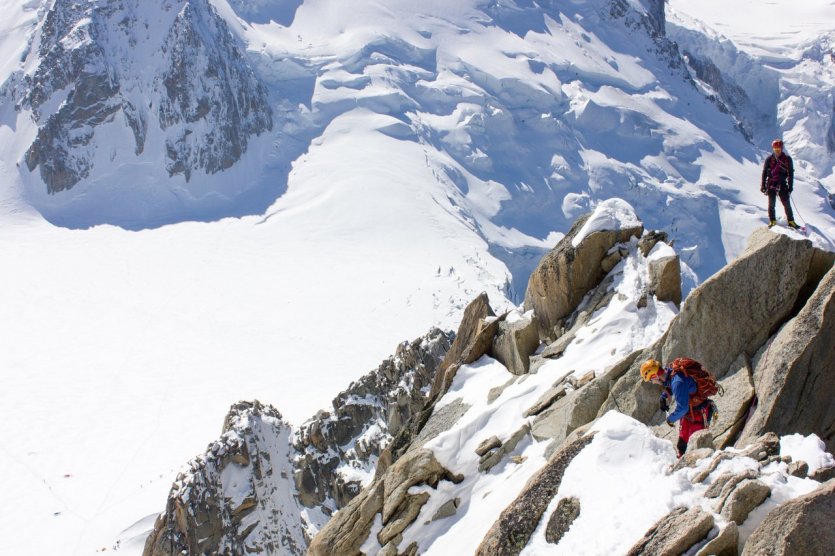
Majestic, the French Alps change their face with the passing of the seasons. In winter, snow-covered landscapes and renowned ski resorts attract snow sports fans, while in summer, hikers discover its protected nature on foot or by mountain bike. A natural border between France, Italy and Switzerland, the Alps extend over nine departments and culminate at a height of 4,809 m, with the Mont-Blanc massif. If this sumptuous massif is the symbol of the Alps, the region is home to many other natural sites to discover. From Chambéry to Annecy, here are our ten must-see attractions
The Aiguille du Midi, a high-flying show
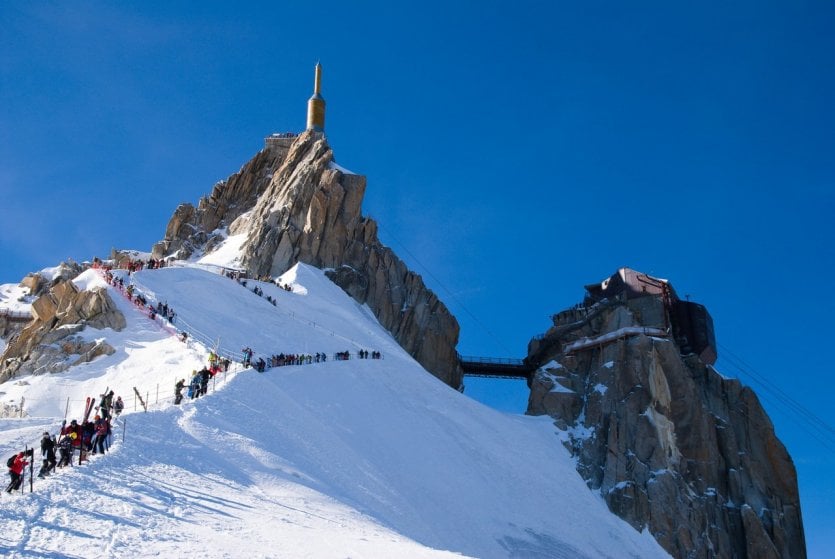
A must-see site in Mont Blanc, the Aiguille du Midi rises to 3,842 m. You can access its summit terrace by cable car from Chamonix, on a breathtaking ascent that leads to a splendid panoramic view of the Swiss and Italian slopes of Mont-Blanc. At the top of the Aiguille, there is also Le 3842, one of the highest restaurants in Europe, and Le Pas dans le Vide®, for those who are not afraid of heights!
Annecy, the Venice of the Alps
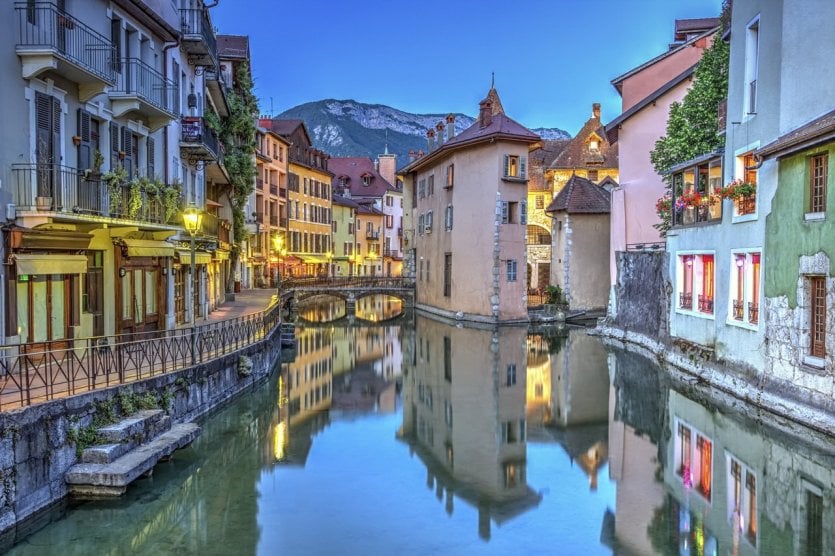
Capital of the Hautes-Alpes, Annecy is an alpine and seaside town, well known for its lake. Bordered by free beaches and many walks, it is considered the purest lake in Europe: the water is drinkable without prior treatment! The medieval town centre of Annecy is also worth seeing, it is crossed by three rivers that give it an irresistible Venetian charm. Lake and mountain, Annecy is one of the jewels of the Alps
Parc national des Écrins, a natural treasure
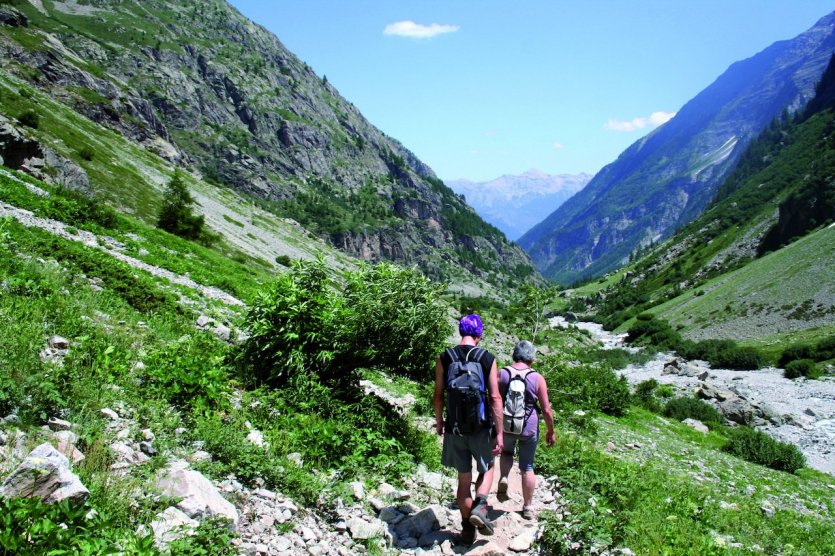
The Parc national des Écrins has not usurped its name: it is home to real jewels! Between the Hautes-Alpes and the Isère, torrents, flowered valleys and mythical peaks form a preserved natural landscape. Hikers will explore the valleys and trails of this park where it is possible to climb the highest peaks such as the highest point of the site at 4,102 m, the Bar des Écrins
Grenoble, capital of the Alps

An Olympic city and university centre, Grenoble enjoys an exceptional environment. Overhung by the massifs of the Chartreuse, Belledonne and Vercors, its city centre is charming. The Bastille belvedere, which can be reached by cable car, is one of the city's main attractions. At the top, we can clearly see the course of the Liberation and General de Gaulle, the longest straight avenue in Europe.
Chambéry, the city of the Dukes
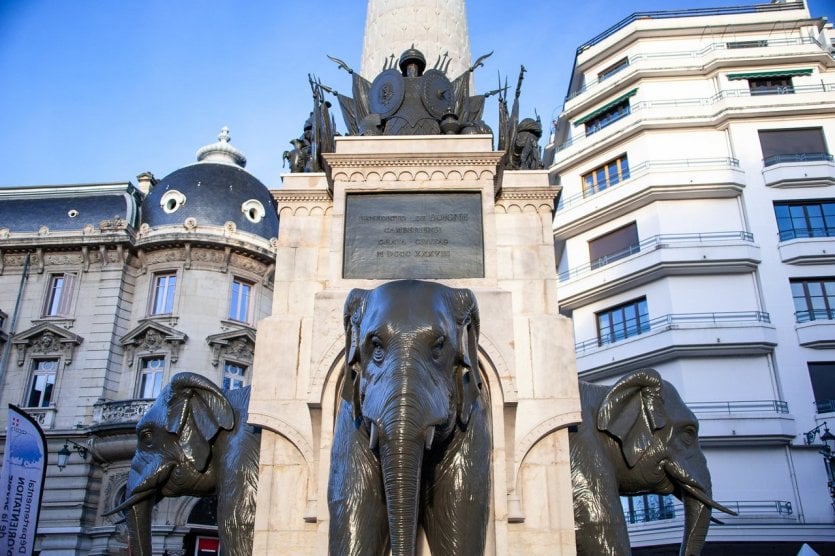
Chambéry is rich in its thousand-year history. Cradle of renowned personalities such as the philosopher Jean-Jacques Rousseau, it is a very culturally dynamic city. Don't miss its fountain of the Four without an ass, built in the 19th century: it is adorned with four imposing elephants that have become symbols of the city. Close to Lake Le Bourget and the borders of Italy, Chambéry is a prime stopover in the Alps
The Vercors Regional Nature Park, a green setting
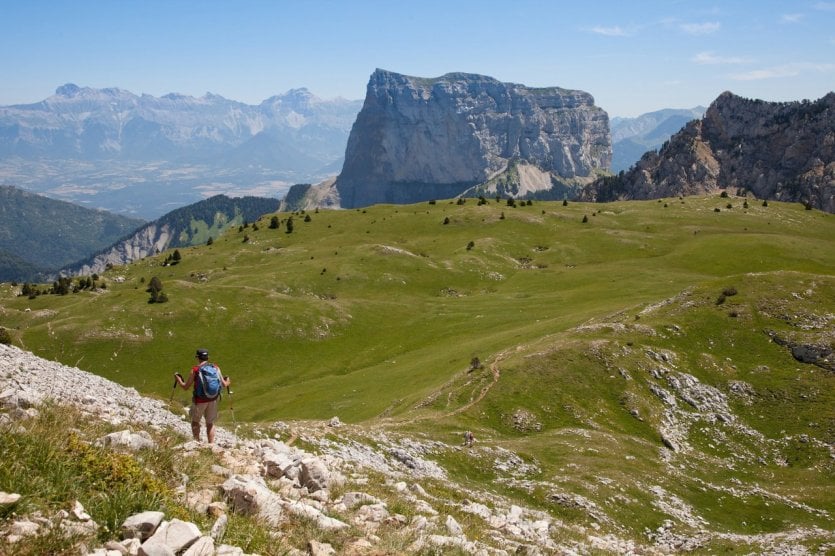
The largest nature reserve in France, the Vercors Regional Nature Park dominates the Auvergne-Rhône-Alpes region. It is home to a very rich fauna and flora and is not crossed by any roads, which contributes significantly to its preservation. Particularly suitable for winter sports, the Vercors has 260 km of slopes and 16 ski resorts. Grand Veymont, 2,341 m high, is the highest point of the massif
Aix-les-bains, spa city

Since ancient times, Aix-les-Bains has been renowned for its thermal baths. Bathed by Lake Bourget, the city has taken advantage of its natural assets to become one of the main destinations in the Alps. The spa guests enjoy an enchanting setting, on the shores of the largest lake of glacial origin in France and close to remarkable sites such as the Château de la Roche du Roi, the vast port of Plaisance or the Musée Faure
Mont Blanc, the Roof of Europe
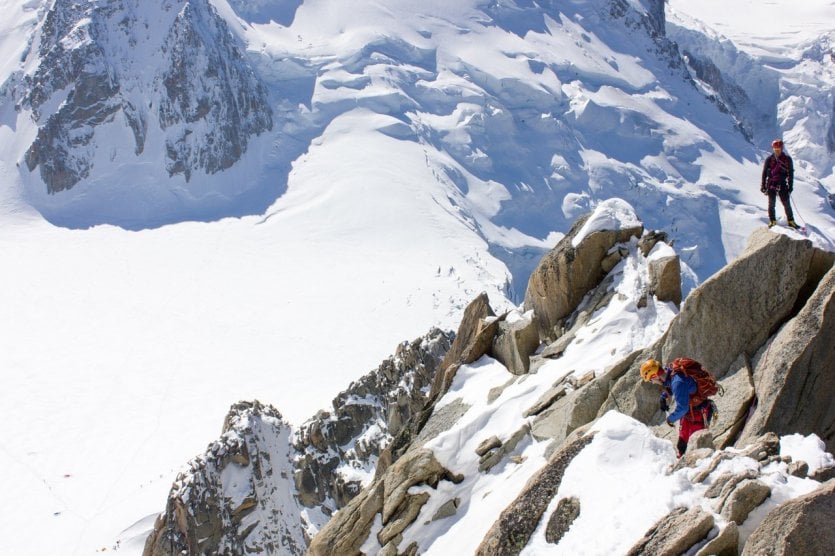
How can we not associate the Alps with Mont-Blanc and its eternal snows? The Roof of Europe rises to 4,809 m, the highest peak in the Alps and Western Europe. A natural and almost impassable border between France and Italy, it has fascinated travellers and hikers for centuries. Mont-Blanc can be accessed from the Goûter dome. The ascent, reserved for experienced hikers, is memorable
The Fer-à-Cheval circus, a real show
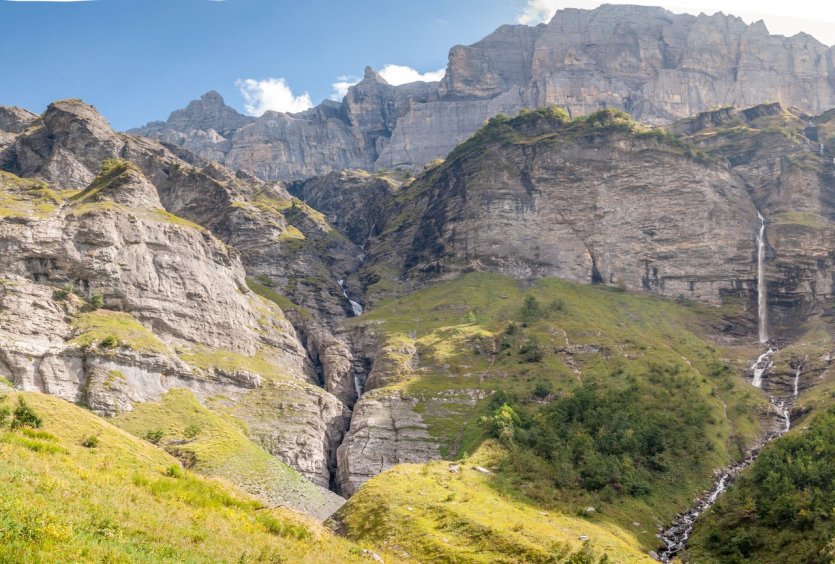
6 km from the village of Sixt-Fer-à-Cheval, the Cirque du Fer à Cheval is one of the most beautiful natural sites in the Alps. Its walls, 500 to 700 m high, and its peaks, which rise to almost 30,000 m above sea level, form a vertiginous depression in the black limestone rock. More than 30 waterfalls gush out of its cliffs when the sun comes out. The circus is home to an impressive fauna of ibex chamois and birds of prey
The sea of ice, travels through the heart of a glacier

The Chamonix valley is home to the largest glacier in Europe: the sea of ice. To reach this 40 km2 area located at an altitude of 1913 m, you must take the little red train from Montenvers, in service since 1908! This mythical ascent ends in a station located in the very heart of the glacier. Unfortunately, global warming is threatening this splendid landscape, which loses nearly 40 m of ice each year.


